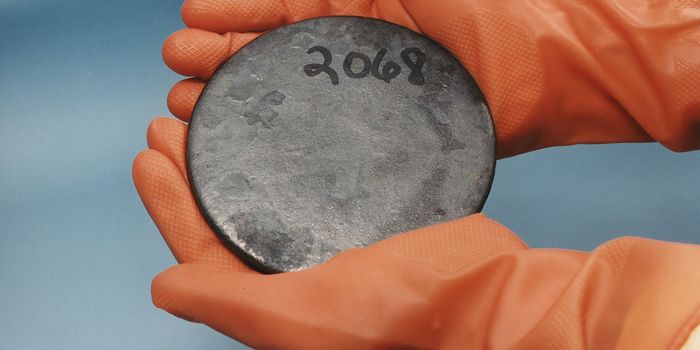Scientist swims Tennessee River and finds unprecedented plastic pollution
One researcher recently undertook an interesting strategy in order to analyze levels of microplastics in the Tennessee River: swimming. Dr. Andreas Fath, a world-record-holding endurance swimmer and professor of Medical and Life Sciences at Furtwangen University in Germany, spent last summer swimming 652 miles of the Tennessee River from Knoxville to Paducah, Kentucky in 34 days. His goal: figure out just how polluted the river is in order to take the proper steps to keep it clean.
Dr. Fath explained the reasoning behind his endeavor: “In order to keep it [the river] clean, we first have to know what is in there, is it microplastics, is it chemicals, is it pharmaceuticals, is it pesticides, or what is it?” Referring to a previous study that alarmed the world, he commented, “I don’t want to end up in 2050 with more plastics in the ocean than fish.”
And of course, swimming over 650 miles was the obvious choice of methods to find out what is in the river! In the end, what he and his team found was on one hand utterly depressing, and on the other extremely motivating: the Tennessee River has one of the highest levels of plastic pollution in the world.
Accompanied by a well-equipped team, Dr. Fath analyzed three samples of their twelve and discovered almost 18,000 microplastic particles per cubic meter of water in the Tennessee River. They repeated their analyses twice to check for errors but still determined the same conclusions. To put some context to that 18,000, let’s compare a previous swim analysis that Dr. Fath completed of the Rhine River in Europe. In that study, he and other researchers found just 200 particles per cubic meter despite the fact that the Rhine’s watershed is much more densely populated (with 56 million people) that the Tennessee River’s watershed (only 5 million people).
The research team found that the majority of those particles (48%) are polyethylene, which is used to make plastic bags, while 16.8% came from polypropylene, which is often used to produce plastic packaging. “I’m really convinced that a large part of the problem stems from plastic litter,” said geology and hydrology professor Dr. Martin Knoll from the University of the South in Sewanee. “Most of it is polyethylene, and that’s lightweight plastic packaging. That’s the classic Walmart, Kroger shopping bag. When you buy a head of broccoli that’s wrapped in plastic, it’s probably polyethylene. You see this stuff all over the ditches of the roadside. I think that’s a big part of the problem.”
While microplastics in oceans have been largely studied, the impact of microplastics on wildlife and riparian health is relatively unknown. Scientists assume that consequences similar to those seen in ocean environments could extend to rivers.
Sources: Knox News, World Economic Forum









